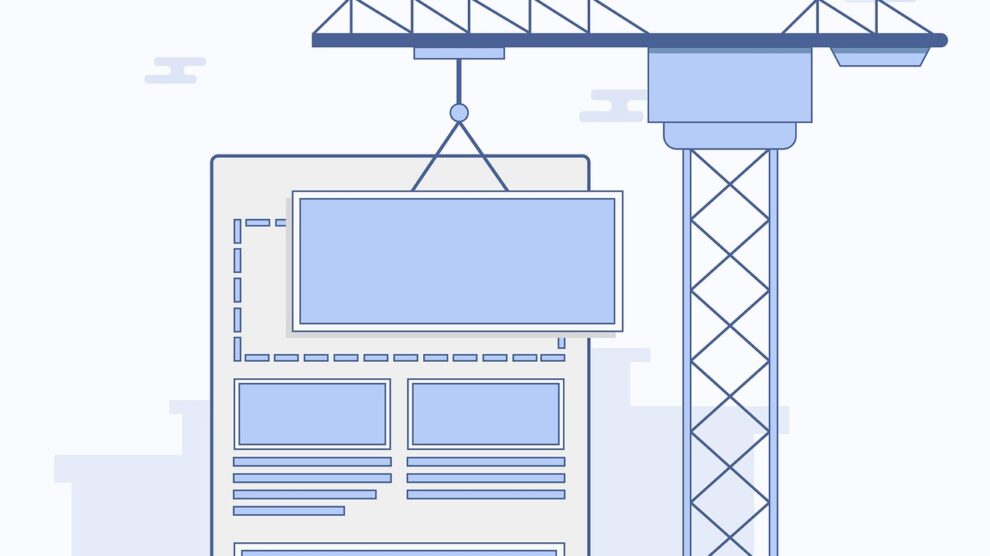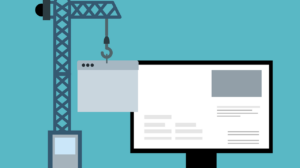A landing page is a kind of web page that a customer can land on. Still, in marketing, it’s usually a standalone page that serves a single and focused goal, separate from your homepage. A landing page serves like a follow-up to any promises made in your content. It’s essentially the next step in the process of a visitor becoming a customer.
In exchange for supplying contact information, your landing page allows you to make a trade, a special offer, a piece of information, or a deal.
Landing pages can be click-through sites that lead to another page, such as your e-commerce site, or they can be lead-generation pages.
Now if you are thinking about which attributes define a good landing page experience, to design a complete landing page, following 7 steps should be enough.
7 Step Process to Design a Landing Page
1. First, Know Your Goals
Before you start any marketing campaign, you must have an objective in mind for it. Whether you’re running a referral marketing campaign or a social media approach, you’ll need a way to see if your strategy is working. Do you want people to subscribe to your email newsletter, call your customer service line, or purchase anything from your online store? Creative landing page design is a must!
You may start aligning your goals with the goals of your consumers once you know what they are. For example, if you want people to sign up for an email newsletter, you should expect them to anticipate something in return, such as entertainment, discounts, and information.
2. Design Must Be Simple
It’s critical to keep a clear page with prominent call-to-actions, simple navigation, and no distractions to optimize conversion. Your landing page should provide the information required to convert visitors.
Here are some guidelines to follow for creative landing page design:
- To assist consumers to focus on your product and call to action, choose a clean and straightforward plan with enough white space.
- Use a large font to make it easier for visitors to scan your page.
- Excessive animation and website sliders are distracting and slow down page loading.
- To ensure that your page looks excellent on mobile devices, test it for compatibility.
3. Clear and Visible Call-to-Action
You’ll probably have a good notion of what your call to action will be once you’ve defined the purpose of your landing page. This is, without a doubt, the most crucial aspect of any landing page.
Your call to action should be directly related to your goal and consistent with the rest of your landing page, including the copy, pictures, user experience, and general layout. If you want to design a landing page, keep your CTA above the fold and give the primary CTA as much attention as possible.
It’s critical that consumers understand exactly what to do and that performing the desired activity is straightforward for them.
4. Include Trust Factors
If you think how to design a landing page that converts, know the problem of internet users. They are constantly bombarded with adverts and offers. As a result, customers have become more distrustful and cautious.
They’ll probably avoid your site if it appears unprofessional or fraudulent.
So, in 15 seconds, how can you develop trust? In order to serve as endorsements of your reputation and expertise, include trust indicators.
5. Align the Offer With the Audience
It is critical to align your offer with your audience to create a successful landing page. If your proposal does not fulfill your prospects’ demands, they will not convert.
To acquire the best conversion rate, you should better fit your offer with your audience as closely as feasible. If you don’t, it’s safe to assume your conversion rate will be low.
6. Maintain Visual Consistency to Your Brand
Use the same visual styles (colors, fonts, picture styles, etc.) on your landing page as you do on your other digital assets. This visitor is likely to interact with your brand again, and consistency in branding builds trust.
This doesn’t mean your design has to be dull; it just has to be consistent with your brand.
7. Provide Complete In Depth Info
With Creative landing page design, the balance of what you provide to your audience versus what you get back has to be a little off.
You’ll have to give a lot of detail on what you can offer your audience and what you want them to do in exchange for it. On the other hand, you can’t expect anything in return from your opt-in forms.
Conclusion
Importance of Creative landing page design cannot be denied. Thanks to technological advancements, it’s never been easier to develop high-converting landing pages. Follow the points above if you want to design a landing page that converts well enough to help your business, project, or campaign succeed with the proper technology.
Furthermore, you don’t have to spend months creating the “ideal landing page” in the hopes of it performing well. Instead, you can quickly make numerous versions of it and A/B test them to see which ones work best.





